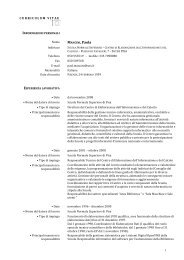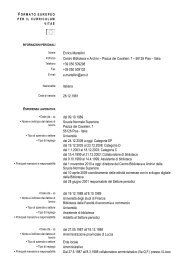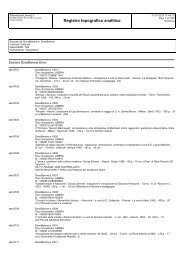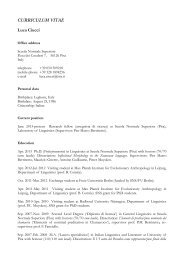Metrics of curves in shape optimization and analysis - Andrea Carlo ...
Metrics of curves in shape optimization and analysis - Andrea Carlo ...
Metrics of curves in shape optimization and analysis - Andrea Carlo ...
Create successful ePaper yourself
Turn your PDF publications into a flip-book with our unique Google optimized e-Paper software.
By us<strong>in</strong>g (i) <strong>and</strong> (ii) from lemma 10.25 once aga<strong>in</strong>, we can conclude that‖ ˜f 1 − ˜f 2 ‖ 1 ≤ a 2 ‖c 1 − c 2 ‖ 1for a constant a 2 > 0. The Cauchy–Lipschitz theorem is now <strong>in</strong>voked to guaranteethat the gradient descent flow does exist <strong>and</strong> is unique for small times. Let thenC(t, θ) be the solution, that will exist for t ∈ (t − , t + ), the maximal <strong>in</strong>terval.In the follow<strong>in</strong>g, given any g = g(t, θ) we will simply write ‖g‖ 0 <strong>in</strong>stead <strong>of</strong><strong>and</strong> similarly‖g(t, ·)‖ 0 = sup |g(t, θ)|θ‖g‖ 1 = ‖g‖ 0 + ‖∂ θ g‖ 0 = sup(|g(t, θ)| + |∂ θ g(t, θ)|) ;θwe will also write len(C) = len(C(t, ·)) for the length <strong>of</strong> the curve at time t.We want to prove that the maximal <strong>in</strong>terval is actually lR, that is, t + =−t − = ∞. The base <strong>and</strong> rough idea <strong>of</strong> the pro<strong>of</strong> is assum<strong>in</strong>g that t + or t − aref<strong>in</strong>ite, <strong>and</strong> derive a contradiction by show<strong>in</strong>g that ∇E(C) does not blow up whent ↘ t − or t ↗ t + .More precisely, we will show that, if t − > −∞ thenlim sup ‖∇E(C)‖ 1 < ∞ (∗∗)t↘t −this implies that the flow C(t, ·) admits a limit (<strong>in</strong>side the Banach space C 1 ) ast → t − , <strong>and</strong> then it may cont<strong>in</strong>ued (contradict<strong>in</strong>g the fact that t − is the lowesttime limit <strong>of</strong> existence <strong>of</strong> the flow). A similar result may be derived when t ↗ t +(but we will omit the pro<strong>of</strong>, that is actually simpler).One key step <strong>in</strong> show<strong>in</strong>g that (∗∗) holds is to consider the two fundamentalquantitiesI(t) := <strong>in</strong>fθ |∂ θC(t, θ)| , N(t) := ‖C‖ 1<strong>and</strong> prove thatlim <strong>in</strong>f I(t) > 0 , lim sup N(t) < ∞when t − > −∞ <strong>and</strong> t ↘ t − . 26 . We proceed <strong>in</strong> steps.• By remark 10.30, we know that len(C) is constant (for as long as the flowis def<strong>in</strong>ed), <strong>and</strong> then equal to len(c 0 ).• At any fixed time, by (10.5),|C − C| ≤ len(C)/2 = len(c 0 )/2 (10.37)where C is the center <strong>of</strong> mass <strong>of</strong> C(t, ·); <strong>and</strong> then|C| ≤ |C − C| + |v − C| + |v| ≤ len(c 0 )/2 + √ 2E(C) + |v| (10.38)26 Actually, by track<strong>in</strong>g the first part <strong>of</strong> the pro<strong>of</strong> <strong>in</strong> detail, it possible to prove that all otherconstants a 1 , a 2 , a 3 , a 4 , P, Q may be bounded <strong>in</strong> terms <strong>of</strong> these two quantities I(t), N(t)80


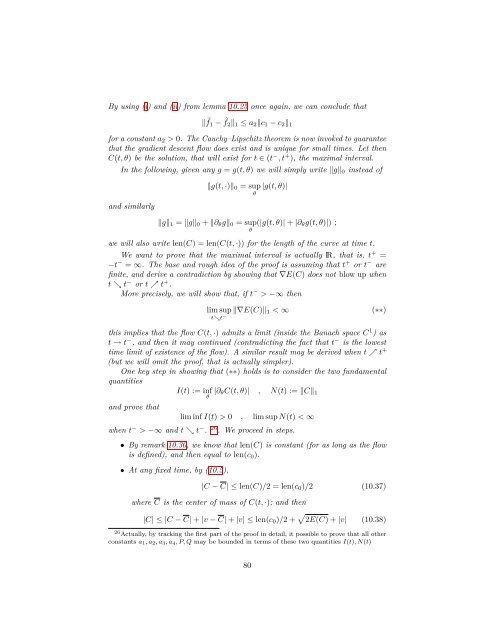

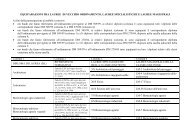
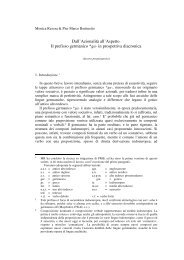
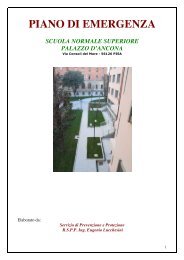
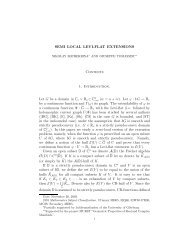
![4. Ghost [Å] vowels in French - Laboratorio di Linguistica](https://img.yumpu.com/49999334/1/184x260/4-ghost-a-vowels-in-french-laboratorio-di-linguistica.jpg?quality=85)



